5 Positional Chess Ideas You Must Know
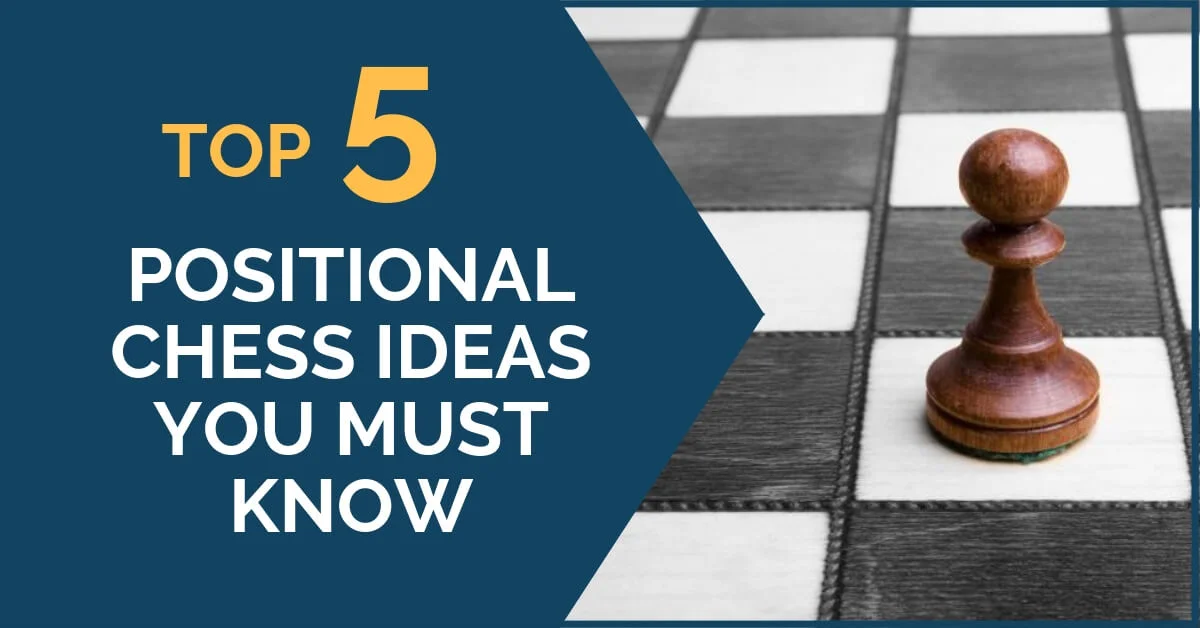
It is not easy to achieve positional mastery.
The reason is that in order to do so one must follow the path of the development of chess since Morphy up until today.
To give you a better idea here is a very brief description of what you would learn.
Here is an (in)complete list of what’s covered in the following article – to a various extent of depth 🙂
***
- Morphy showed how to play in open positions,
- Steinitz and Tarrasch were the founders of modern positional play, they formulated the principles of positional play and showed how they worked in practice,
- Rubinstein perfected the positional play based on Steinitz’s and Tarrasch’s principles and raised the level of play in the endgames,
- Chigorin was the first dynamic player in a modern sense,
- Lasker was the first to show the defensive resources of chess and the power of counterattack,
- Capablanca smoothened the edges of everything before him and was the pinnacle of ideal positional play,
- Nimzowitsch and Reti were fathers of many ideas that today we take for granted, but which were revolutionary in those times,
- Alekhine added dynamism to Capablanca’s ideal positional play,
- Botvinnik introduced the scientific approach and discovered the potential in many openings that were considered inferior,
- Smyslov had many interesting opening ideas for Black and was a continuation of Capablanca’s smoothness, both in middlegames and endgames,
- Tal showed that chess can be played differently, raising awareness of the complexity of chess, the importance of constant pressure and psychological aggression made possible by speculative sacrifices,
- Petrosian mastered prophylaxis and demonstrated that playing with prevention as the primary objective is a viable chess strategy,
- Spassky was the first universal player who could do everything equally well, the prototype of modern grandmasters,
- Fischer was the first professional in today’s sense, fanatical and devoted to the maximum with computer-like precision in his play,
- Karpov added pragmatism to Fischer’s professionalism,
- Kasparov continued with Fischer’s obsession with hard work, dynamism and unparalleled opening preparation,
- Kramnik showed how to neutralize what seemed to be an unbeatable player with perfect opening preparation, also introducing many novel opening approaches (not only the Berlin endgame),
- Anand resembles Spassky with his universalism, with similarly perfect opening preparation like Kramnik and Kasparov,
- Carlsen re-introduced Karpov’s pragmatism after so many years of Kasparov-influenced obsession with computer preparation, putting the chess-playing skills as a most important prerequisite for success.
There is much more to be added to the above descriptions, but you get the idea – studying chess is a serious and time-consuming undertaking!
In today’s world, few people have the time and willingness to do that kind of work and that is understandable – life indeed goes faster with all the technology available.
In order to help you and to a certain extent close the gap of the huge learning that is required, here I would like to present 5 positional ideas that every player must know.
1. Activation of a Knight on g3
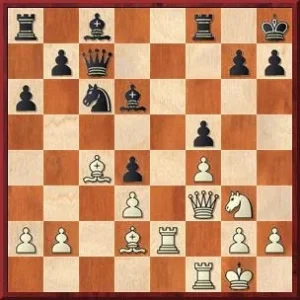
This is the position from the game Nimzowitsch-Rubinstein from the tournament in Dresden in 1926. White’s pieces are well-position with the exception of the knight on g3. Nimzowitsch was no stranger to original thinking and he comes up with 18 Nh1! with the idea of Nf2-h3-g5.
Later this idea was successfully used in the King’s Indian Defence, in the Mar del Plata Variation, where Black’s knight on g6 goes to h8 and then to f7-h6 in order to support the …g4 break.
2. The Queen Maneuver in King’s Indian Structures
The King’s Indian is a relatively late addition to modern theory, only becoming popular in the 1950s. But one of its original ideas was discovered way before the opening even existed.
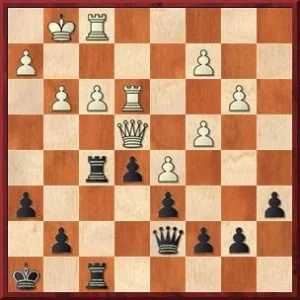
Position from the game Janowski-Rubinstein from the tournament in Carlsbad in 1907 (!). A typical King’s Indian structure where White is solid in the center.
Rubinstein finds an ingenious way to activate his queen: 29…Qd8! followed up by ..Qb8-a7-c5. Needless to say, this is nowadays a staple idea of queen activation in similar structures.
3. Fixing the b2-pawn in Positions with Hanging Pawns
The general strategy when playing against hanging pawns is to provoke them to advance and then blockade them. Imagine the surprise when in the following position:
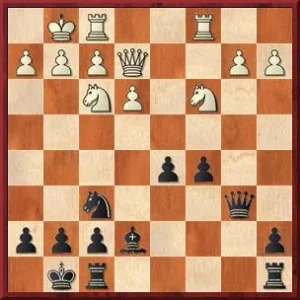
Capablanca voluntarily played 15…c4! The idea is to fix the b2-pawn and obtain counterplay along the b-file. Capablanca understood that the pretty knight on d4 would only look good and will not be effective. The same idea was successfully used by Fischer against Bertok in 1962.
4. The Passive Exchange Sacrifice
This one was first introduced by Botvinnik in a little-known game:

The position is from the game Yurgis-Botvinnik, from 1931, and here Botvinnik played 27…Rc3! The rook cannot be taken since the protected passed pawn and the open d-file more than compensate for the material deficit. White actually took the rook and Botvinnik demonstrated the power of the idea.
Botvinnik was very fond of re-using his own ideas. Mere 12 years after the above game he made the same sacrifice again. The game with Liublinsky is widely known as it was analyzed in his Analytical and Critical Works:
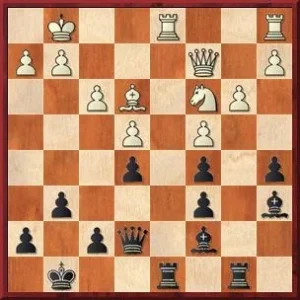
Black played the already-known-to-him 25…Rd4!
5. Winning the a-file in the Spanish
In the closed positions often arising in the Chigorin Variation of the Spanish the a-file is opened either for a counterplay by Black or as a way for White to exert pressure on the queenside. It is of vital importance for both players to obtain control of it.
The following move (with the idea behind it) was first introduced by Spassky against the same Karpov in a training game when the former was preparing for his match with Fischer. Karpov turned out to be a good student and soon enough it was him who unveiled this powerful idea to the world.
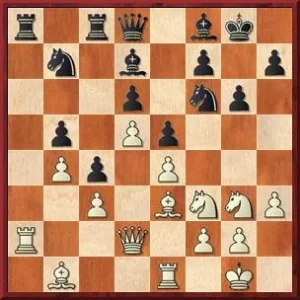
This is the position from the game Karpov-Unzicker from the Nice Olympiad in 1974. Black’s last move was 23…Qd8 with the idea to exchange on a2 and win the file by …Ra8. Karpov’s next not only prevents that plan but also secures the a-file for White: 24 Ba7!
Under the cover of the untouchable bishop White can calmly continue with Bc2 and Rea1, thus securing control of the only open file in the position. With that control already established White can turn his attention to the kingside. Karpov won an exemplary game (and the bishop stayed on a7 until the end of the game!).
These five positional ideas are only a small part of the vast positional heritage, but I hope they enrich your positional understanding even a little bit!
Good luck!




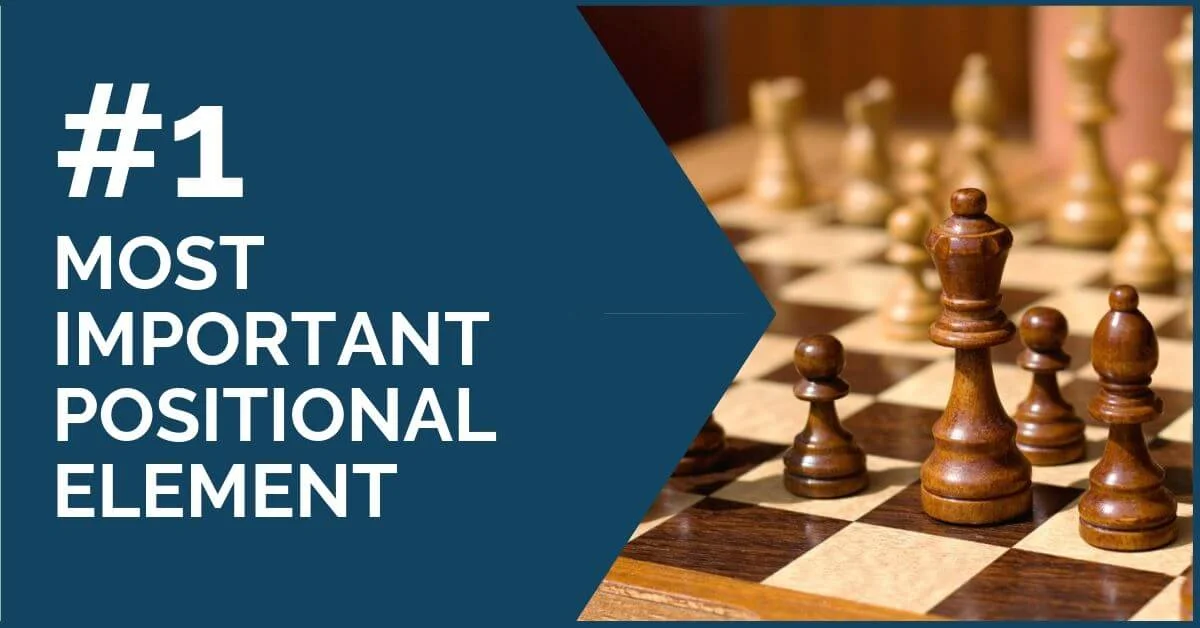
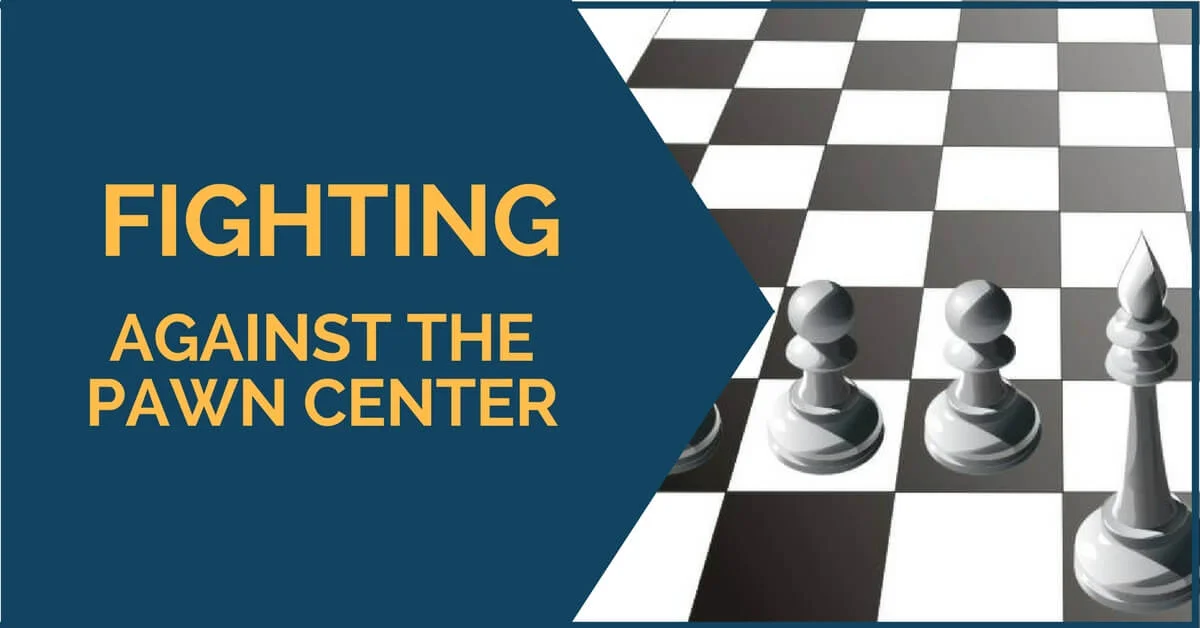




Comments: